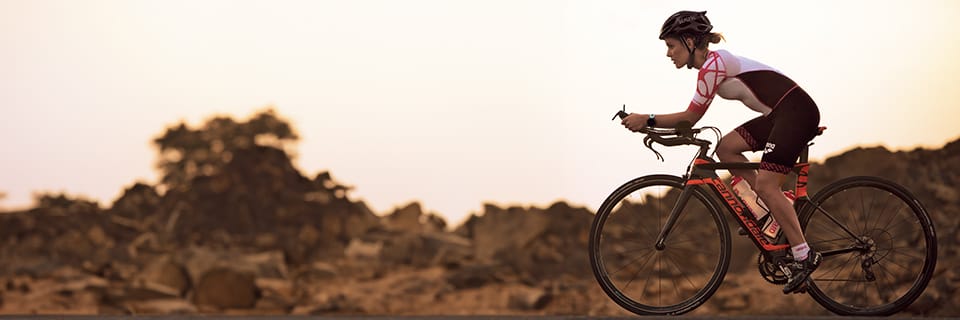A distinctive feature of chrono bikes, chrono cockpits enable a triathlete to adopt a position that is both aerodynamic and powerful in terms of pedaling, while remaining comfortable for several hours at a time. As they can be based on personal and aesthetic criteria as much as functional ones, their choice is not always easy for the uninitiated triathlete. Here's what you need to know.
Key points
- Extenders: components, settings, shapes ;
- Base bars ;
- Fully-integrated cockpits.
EVERYTHING YOU NEED TO KNOW ABOUT TRIATHLON COCKPITS
Bare extension bars, coupled to a base bar handlebar, or integrated handlebar/potential/prolongator assembly.Depending on whether your bike is a classic racer or a triathlon/CLM racer, the most appropriate equipment will not be the same.
If you wish to modify your racing bike to adopt a gear-seeking position without affecting the rest of your bike, adding extenders may prove a worthwhile investment.
More and more Ultra Long Distance are also adopting extenders for the variety of positions and comfort they offer.
If, on the other hand, you're looking a pure Triathlon / CLM bikebike, or if you already own one but want to upgrade your equipment, a complete cockpit, including base bar and extenders with specific brake and gearshifts will enable you to exploit your machine's full potential.
EXTENDERS
As a preamble, it should be noted that the most extenders can be used with both classic racing bikes and Triathlon / Time Trial bikes with integrated gears.. Extenders are generally hollow, with removable plugs at the ends. Simply remove them to install the gearshift levers (and sheaths if required).
Extensions are made up of two bars called extensionsand two armreststhose being padded with foam or cushionsEach part can generally be replaced individually, especially the reinforcement pads. Since all extensions have the same diameter (22.2 mm), it is possible to mix armrests from one brand with extensions from another..
Some models feature a aerodynamic bridge at the end of the bars to ensure maximum air penetration.
Most models feature graduated markings for easy armrest positioning.
The higher up the range you go, the more adjustment options you'll findlength and height of extension arms, position, angle and height of armrests, etc.
Probikeshop tip Tip: If in doubt, take the longest one, bearing in mind that it's always possible to recut them to fit your body type and position perfectly. In this case, be sure to use a saw blade that matches the material of the extensions (aluminum or carbon).
THE DIFFERENT SHAPES
In addition to the choice of material - aluminum or carbon for competitors in search of absolute performance - the main criterion will concern the shape of the extensionsWhile there is a huge variety of models, we can distinguish between the following six main shapes :
Straight
Here, the extensions are straight, in line with the handlebars. Apart from their ability to lengthen the arms to a greater or lesser extent, they offer a single, very aggressive position, not necessarily easy for a beginner to hold for long because the ribcage is less open and the eyes are inclined to look down. These extensions are therefore best reserved for experienced triathletes, even though they can be comfortable if positioned a little higher.
JS-Bend
There are also JS-Bend extensions, a mixture of J-Bend and S-Bend, which have the advantage of offering a multitude of positions. Ideal for triathletes who haven't yet found their position.
They'll also delight ultra-long-distance riders who want to vary positions to ride comfortably for longer.
J-Bend
The extension is flat, then curved upwards at the end. It provides an aerodynamic position, while opening up the ribcage and positioning the hands in an ideal position. A good compromise between efficiency and comfort. Certainly the easiest to handle.
Some manufacturers, particularly for high angles, sometimes refer to them as L-Bend or Ski-Bend.
U-Bend
A little out of fashion, U-Bends still have their fans for the extra comfort they can offer. U-Bends are generally derived from a J-Bend, the two bars of which have been joined together at their ends to form a U-shaped bridge.
S-Bend
The extension has a more or less pronounced S-shape, enabling you to vary positions while remaining relatively aggressive. This makes them extremely versatile.
However, this type of extension requires good wrist flexibility, without which wrist pain can occur fairly quickly.
Mini
Finally, there are specific models for races where drafting is permitted and where the extensions must not extend beyond the end of the cocottes. Compact, these models are also ideal for those wishing to take a gentle introduction to the position, as they allow you to get to grips with this type of equipment safely, without losing stability.
BAR BASES
The base bar hanger are designed for Triathlon and Time Trial. An essential complement to for those wishing to set up a riding position dedicated to solitary effort, the base-bar handlebars provide an effective grip during relaunch phases, when cornering, to negotiate technical sections and on descents, since it's on this element that the brake levers are mounted.
Designed above all with aerodynamics in mind, base bar hangers are generally designed for internal routing of cables. They are available in both aluminum and carbon, they can be straight, with flat or raised right-angle horns, or V-shaped... It's all a matter of taste and budget.. No solution is better than another.
COMPLETE SETS
Last but not least, for top-level competitors and enthusiasts of the finest equipment, brands offer including base bar handlebars and extension bars. Adjustable in height, width and depth, these sets are extremely lightweight, exceptionally aerodynamic and perfectly integrated, delighting even the most perfectionist. In addition to their high price tag, these solutions require a thorough knowledge of their settings.
WHICH COCKPIT IS RIGHT FOR ME?
As we mentioned at the outset, the between a simple extension and a complete cockpit will depend on the type of bike you have. bike in question: classic racing bike in the former case, time trial bike in the latter.
With regard to extension leads, apart from drafting races where you will often have no choice but to opt for a Mini model, as regulations limit the length of extension leads for safety reasons (they must not extend beyond the end of the cocottes), the is above all a matter of taste..
Whatever the solution, keep in mind that the primary purpose of a triathlon-specific cockpit is to improve aerodynamics. To achieve this, it's essential to feel comfortable so as to be able to hold a gear-seeking position for several hours, especially in long-distance triathlons.
Découvrez tous nos conseils & Tutoriels
Road - Handlebars
-
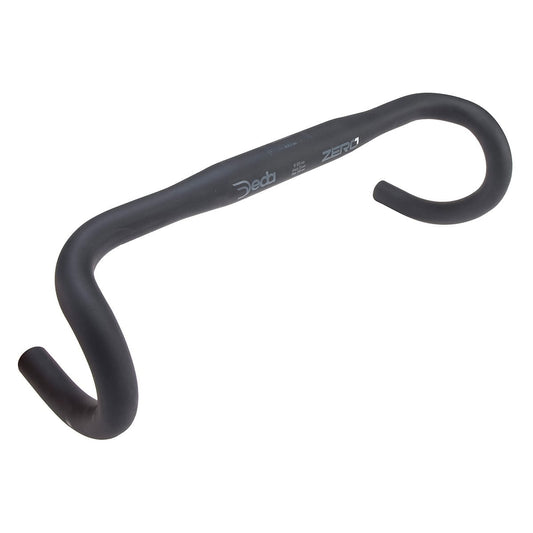
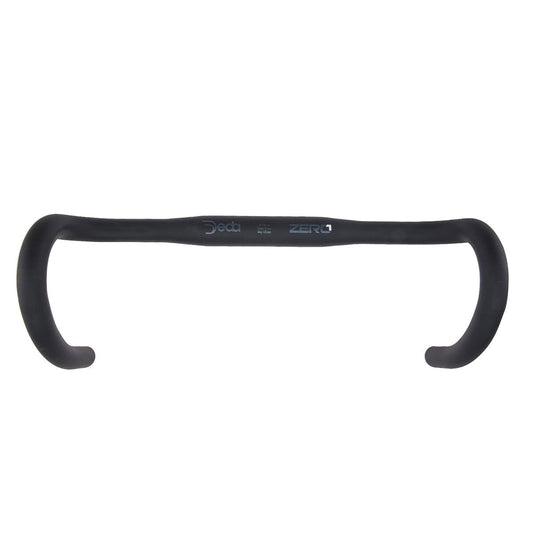
handlebar DEDA ZERO1 RHM bob finish
Regular price 29,99 €Regular priceUnit price per -
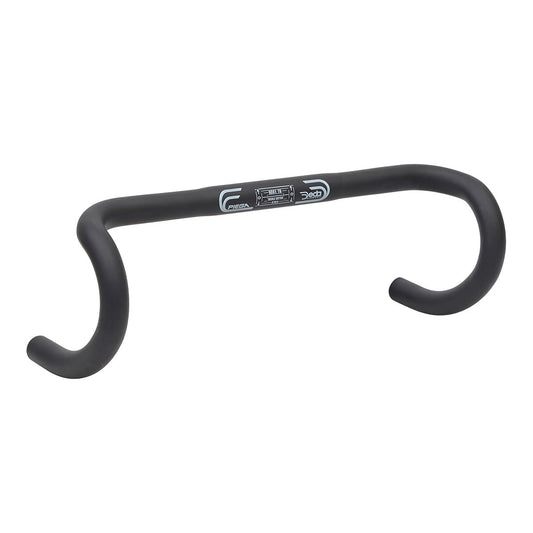
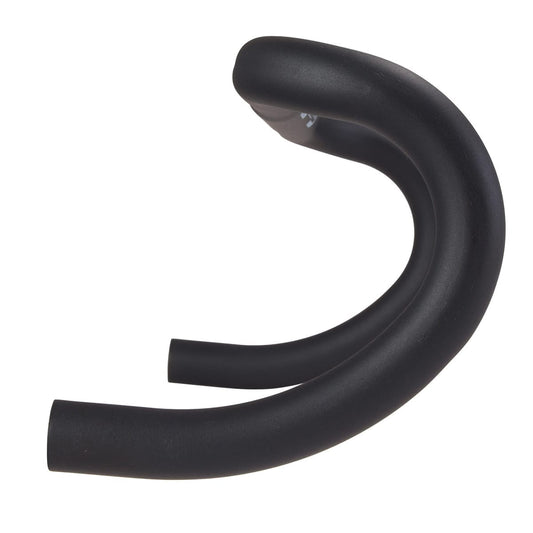
handlebar DEDA PIEGA RHM 26mm
Regular price 29,99 €Regular priceUnit price per -
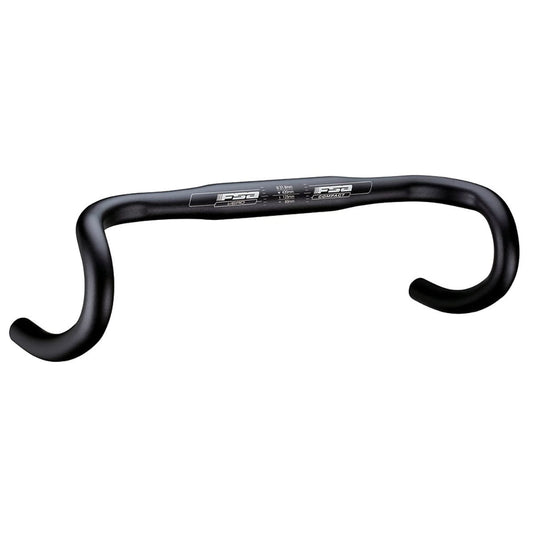
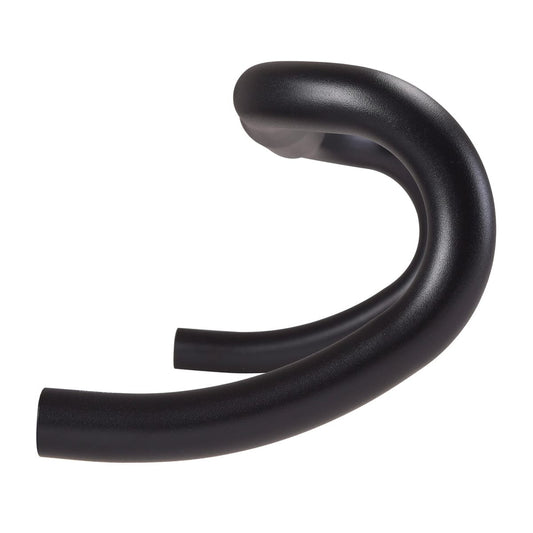
handlebar FSA VERO COMPACT
Regular price 24,99 €Regular priceUnit price per -
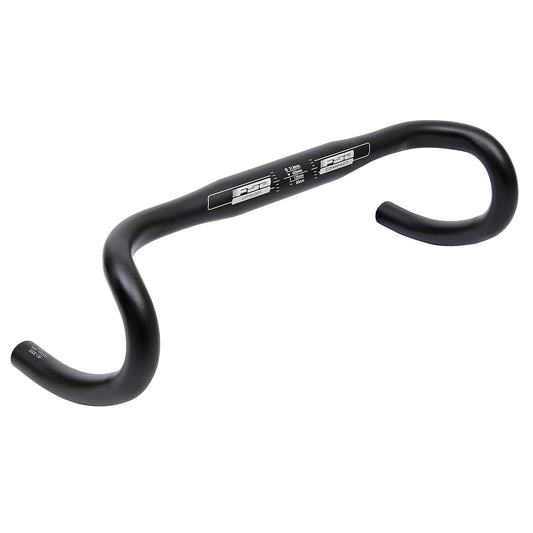
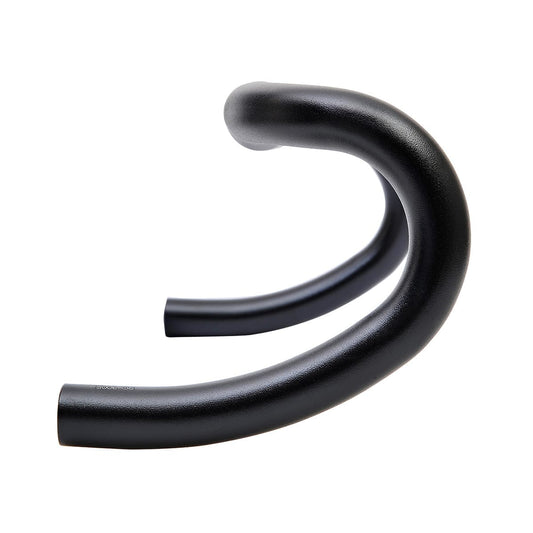
handlebar FSA OMEGA COMPACT
Regular price 34,99 €Regular priceUnit price per -
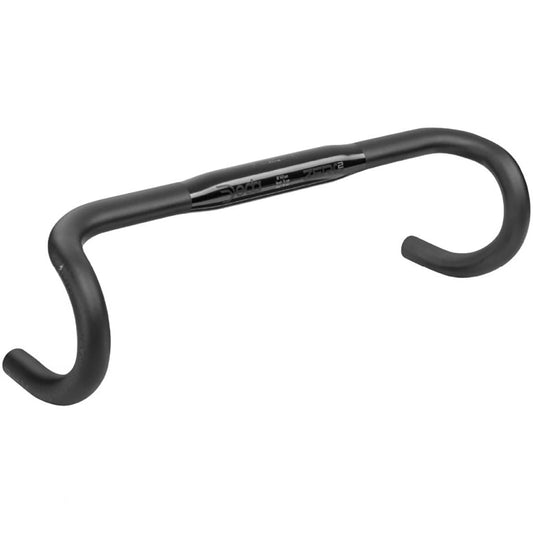
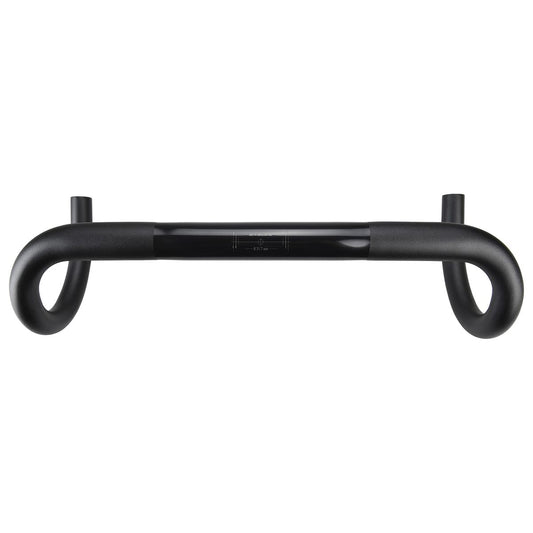
handlebar DEDA ZERO2 RMH pob finish
Regular price From 34,99 €Regular priceUnit price per -
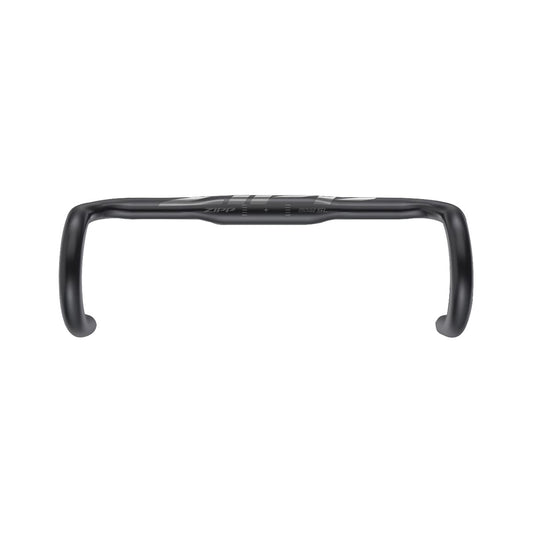
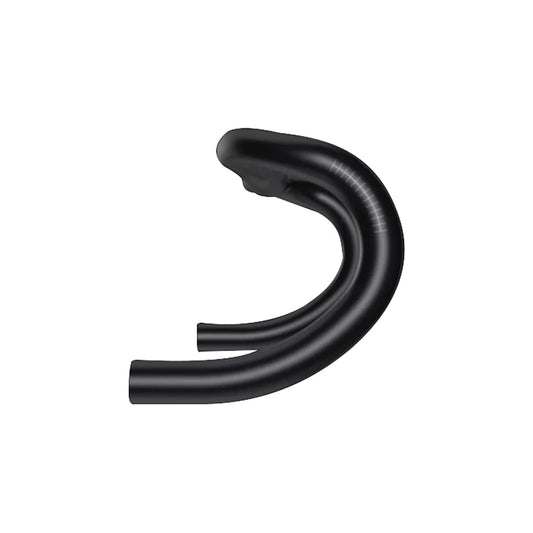
handlebar ZIPP SERVICE COURSE SL 70 Ergo
Regular price From 98,99 €Regular priceUnit price per -
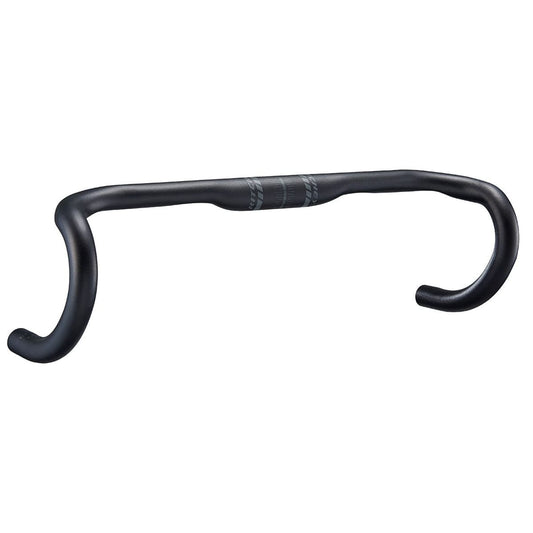
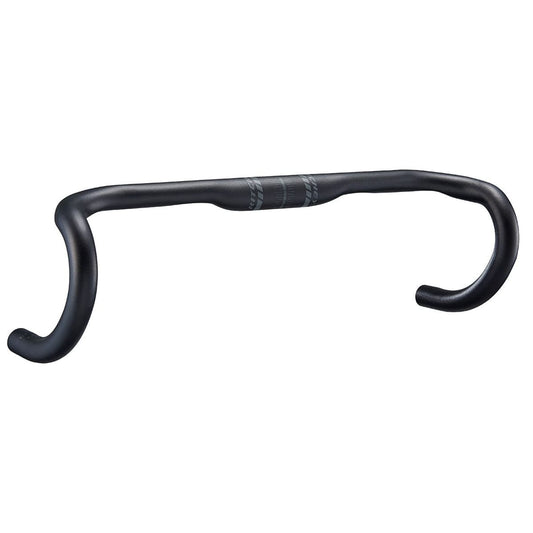
handlebar RITCHEY STREEM COMP Cable Integration
Regular price 55,99 €Regular priceUnit price per -
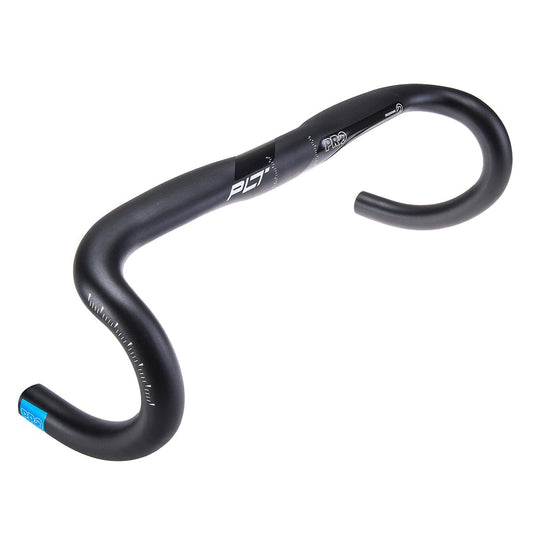
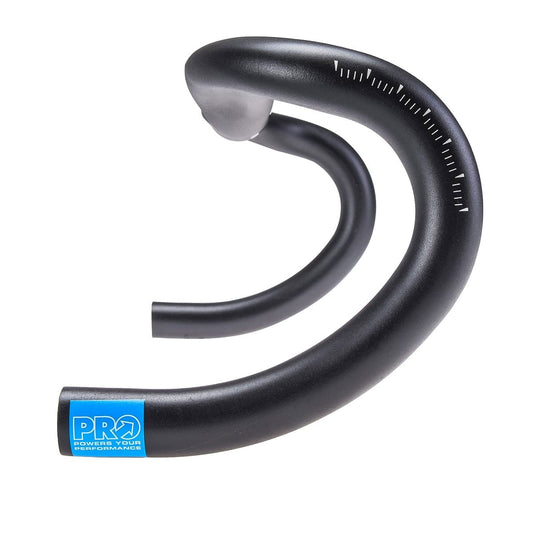
handlebar PRO PLT COMPACT ERGO
Regular price From 56,99 €Regular priceUnit price per
